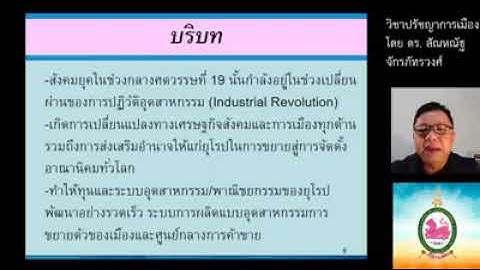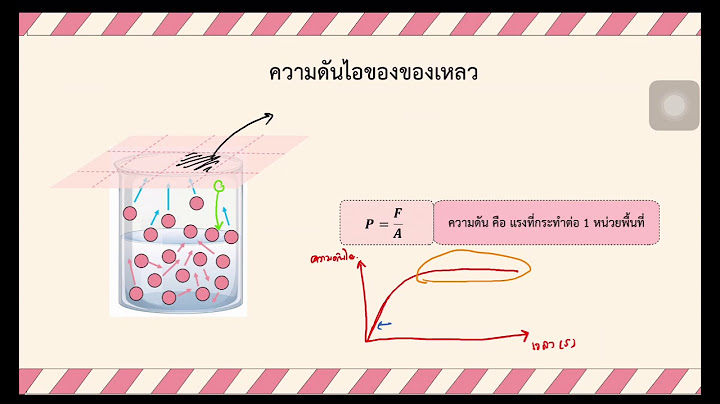Biomass briquette charcoal has been studied using a variety of agricultural waste materials. The outcome revealed that the charcoal bars are still inefficient in use because of their fragility, high moisture causing mold, difficulty setting up, short burning times, and smoky. The aims of this research are to build up a biomass charcoal briquette machine and to examine the raw material proportions. Durian peel and mangosteen peel charcoal were mixed with cassava starch. The mixing ratio by weight between Durian peel and mangosteen peel was 4 : 1, 2 : 1, 3 : 2, 1 : 1, 2 : 3, 1 : 2, and 1 : 4. The biomass charcoal briquette machine was evaluated for its forming ability, physical shape, and density while the properties of charcoal briquettes were analyzed based on American Society of Testing and Materials (ASTM). The results reveal that this machine is efficient to use considered by smooth surface, sturdiness, and density (604.94–612.12 kg/m3). The charcoal briquettes made from durian peel and mangosteen peel in the ratio of 1 : 4 can be achieved all criteria which have the highest calorific value of 5,572.78 kcal/kg, the lowest moisture content of 4.82%, the minimum volatile matter content of 7.26%, the minimum ash content of 9.47%, the maximum fixed carbon of 75.39%. Also, it has a bulk density of 606.32 kg/m3, a heat utilization efficiency of 22.79%, and a burning time of 99.47 minutes. |

กระทู้ที่เกี่ยวข้อง
การโฆษณา
ข่าวล่าสุด
ผู้มีส่วนร่วม
การโฆษณา
ผู้มีอำนาจ
การโฆษณา
ถูกกฎหมาย
ช่วย

ลิขสิทธิ์ © 2024 th.apacode Inc.




























